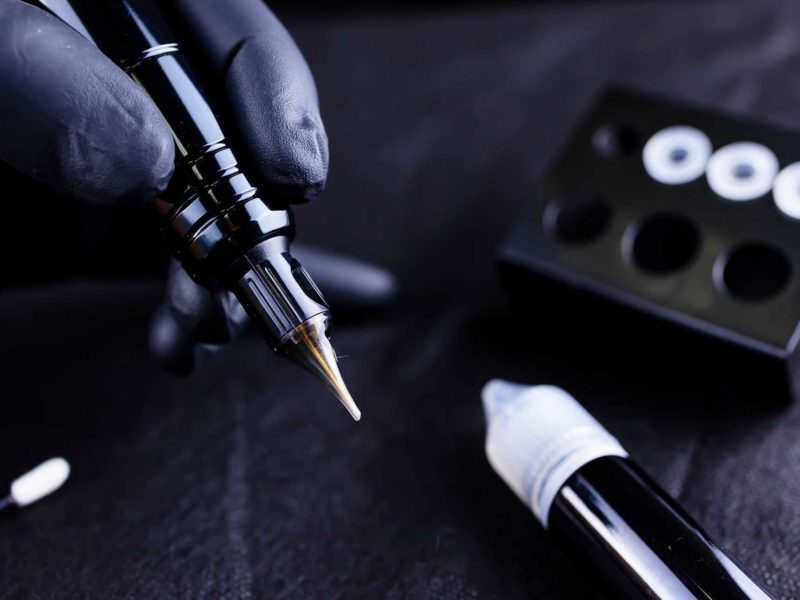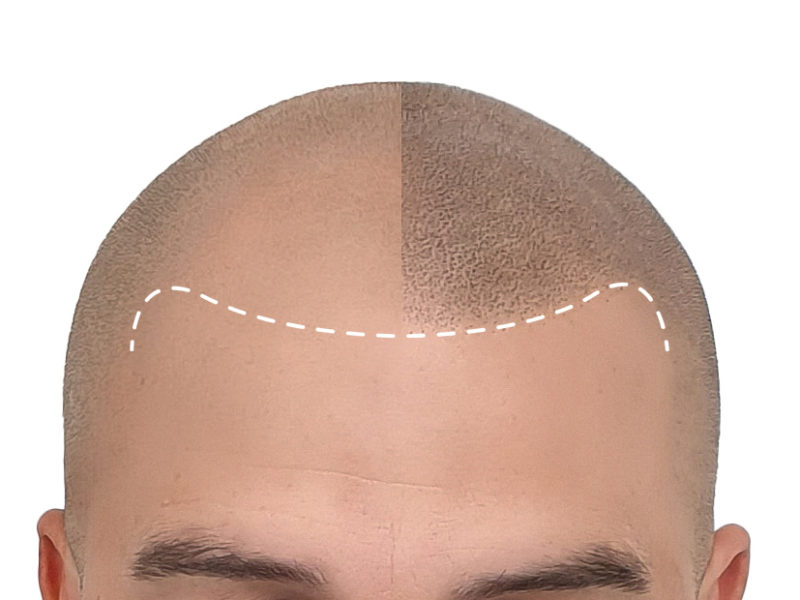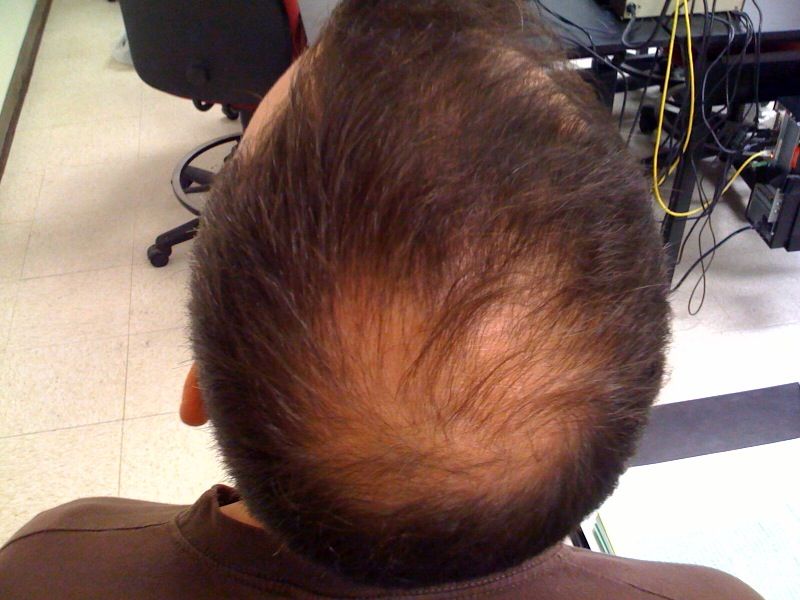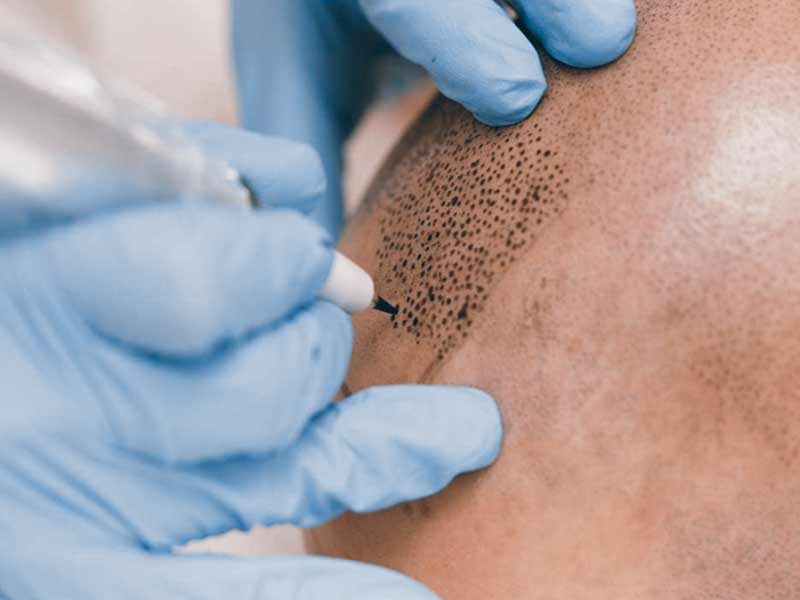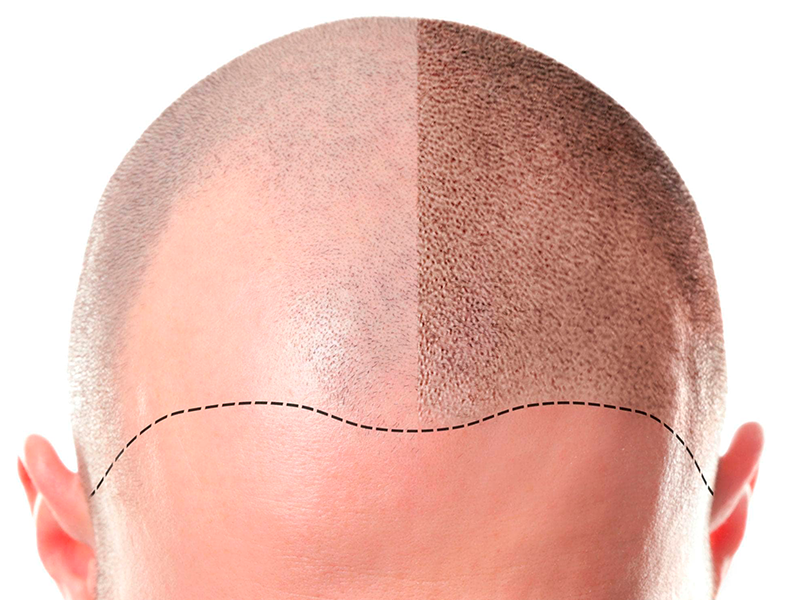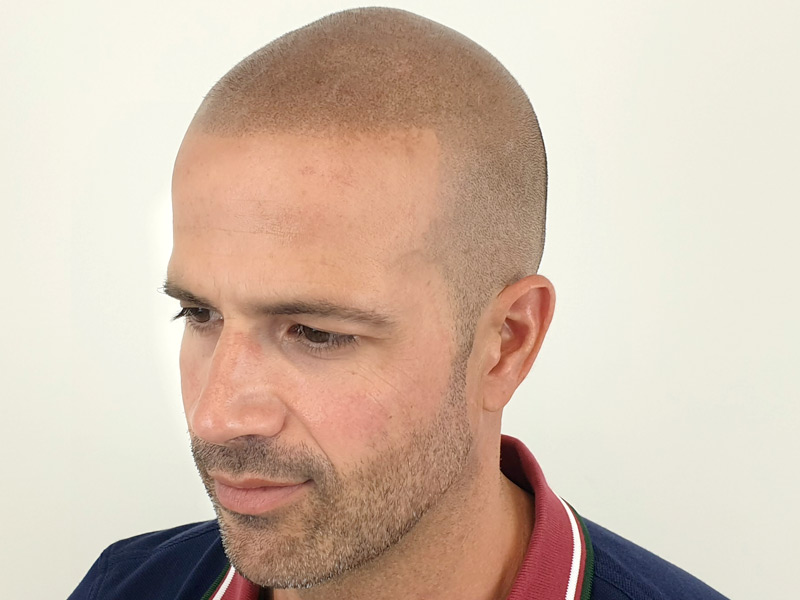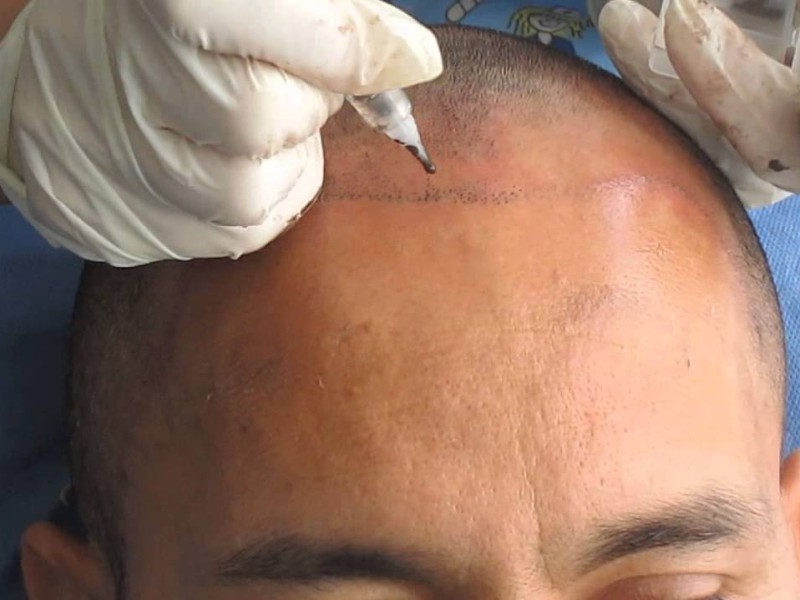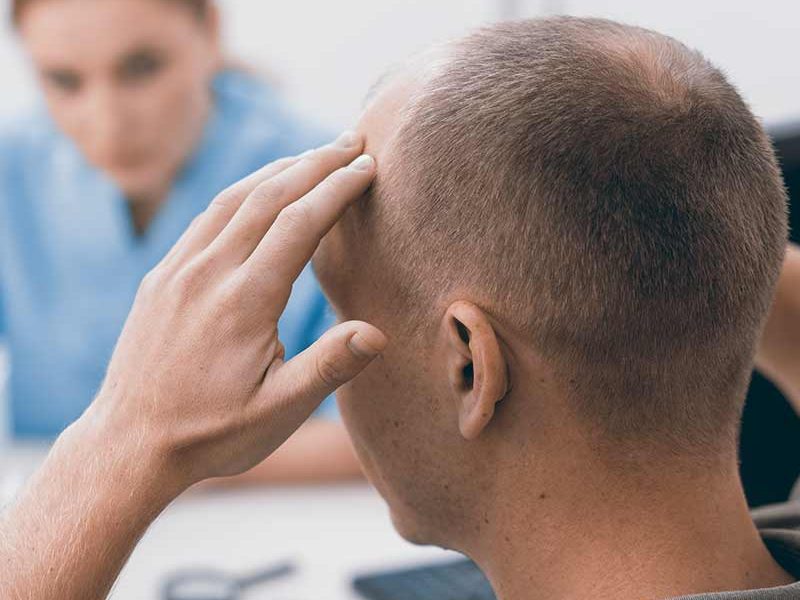
One of the most common cause of hair Losing in both men and women is androgenetic alopecia, also referred to as male pattern baldness or female pattern baldness. Androgenic alopecia is a hereditary condition. Experts believe it is precipitated by dihydrotestosterone (DHT), which has its roots from testosterone, the male hormone.
Observably, men and women have differing quantities of this hormone; thus, the former is more likely to produce higher DHT levels, thus increasing the hair loss. And as such, androgenic alopecia leads to male pattern baldness in men, which can cause partial or complete baldness. Women, on the other hand, experience thinning hair on the top and sides of the scalp.
Get a free quote with us! Send us your scalp pics HERE
Typically, the reasons you are experiencing hair loss is due to the following factors:
- Genetics: If you are going through hair loss at a much faster rate than usual, then alas, my friend, you have your bloodline to growl and shake your fist at, indeed. Your hair filaments have a DNA blueprint, i.e., if your dad (and grandfather, etc.) has suffered from hair loss, the math says that you are likely to go through it.
- Hormones: Men that are susceptible to hair possess hair follicles that are predisposed to DHT hypersensitivity, which tends to shrink the hair follicles. Finally, the thinning hair continues, becoming finer until hair growth stops.
- Age: As we turn revolutions upon this earth, the rate at which our hair grows becomes slower. It’s practically Einsteinian, remember from the General and Special Relativity class that you never took.
- More factors: These factors are concerned with lifestyle choices, viz: smoking, excessive drinking, poor diet, particular medication, may lead to hair loss.
What is Scalp Micromigmentation?
Scalp micropigmentation is a procedure that deploys a stippling pattern that imitates hair follicles cut close to the scalp. As a relatively novel technique, scalp micropigmentation can substantially address the cosmetic issues that arise from the hair loss conditions mentioned at the outset.
The purpose of scalp pigmentation is to replicate your natural hair follicles while simultaneously strengthening and adding density to the thinning sections.
Some of this procedure benefits are:
- It makes it look like you have a fuller, thicker head of hair
- Excellent natural-looking front and side photo profiles of your hairline
- It helps in concealing birthmarks or burn or accident-related scars
- It combines well with a hair transplant to offer additional density
- Lifestyle change
If you liked this post, please share it with your friends. Also, we invite you to follow us on Instagram and Facebook or contact us trough WhatsApp.

